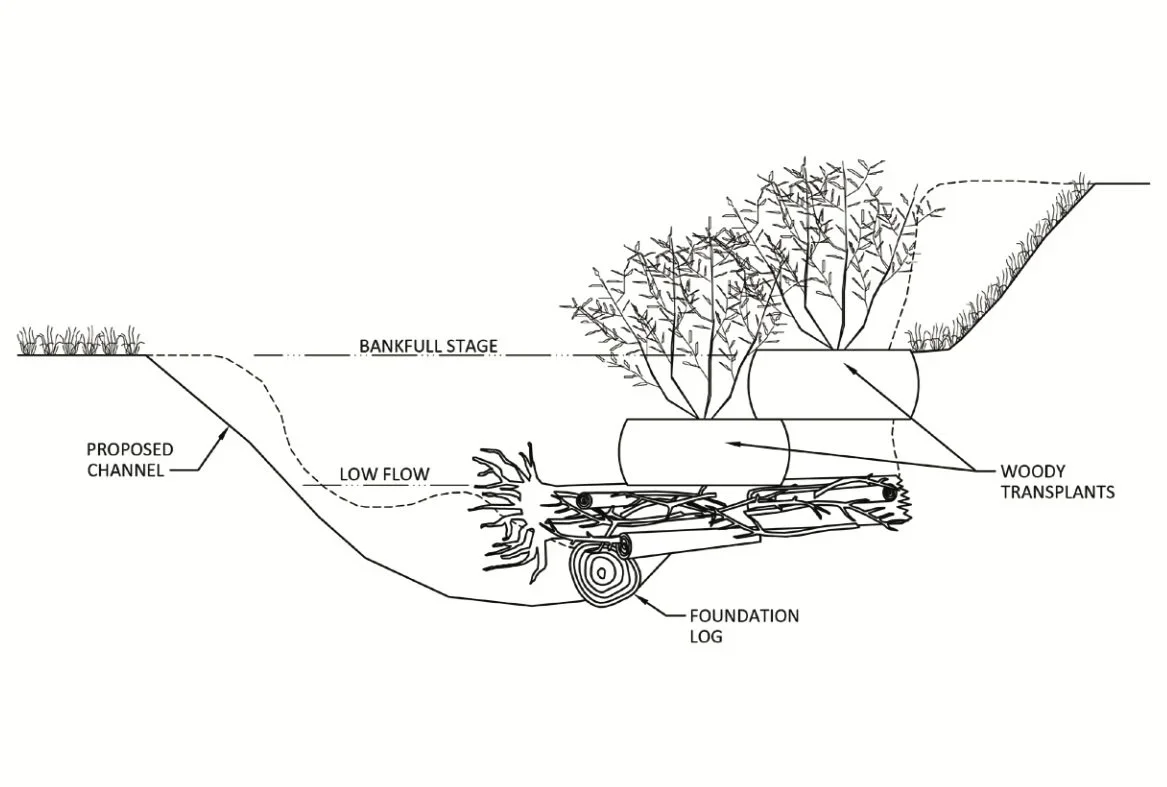One Brook’s Trash, Another Treasure
The Blind Brook is one of the first features to greet a visitor driving up to the Rye Nature Center. This brook’s headwaters start in West Harrison and travel all the way down to Rye, draining into Milton Harbor. This tributary plays a vital role in Westchester’s watershed, channeling rainwater and runoff from surrounding communities into the Long Island Sound while supporting local wetlands and wildlife along its course. We know the stretch of the brook passing through the Nature Center is visited by a multitude of species just from what we’ve spotted or caught (and then released) with school groups. Some of the most exciting finds include kingfishers, swans, great blue herons, mink, glass eels, and even egg-laying striped bass.
Unfortunately, wildlife is not all we find in and along the Blind Brook. FRNC hosts numerous brook cleanups each year to ensure that trash does not end up in the Sound. It’s a great way to get the community involved in stewardship and one of the simplest ways for our team to give back to the great brook! We’ve put together a brief list of the most interesting finds from our trash pick-ups over the years:
A complete set of dinner china
A Brooks Brothers gift card
An ornate bowl from 1851
A comforter, carpets, and clothing
Countless tires
UPS uniform
Many large pieces of structural lumber
140 lacrosse balls (in just one day!)
A fire station sign from Massachusetts
While keeping the brook and surrounding floodplain free of trash is a fantastic way to keep the waters clean, FRNC has been working on an even greater transformation! Since 2021, we have been working on the Blind Brook Riparian Retoration Project to stabilize the streambanks, improve water quality, and create better habitat for wildlife.
We’ll be adding root wads and stone structures in some of the sharpest bends. Those root wads—trees with their roots still attached—do an amazing job of reducing erosion and also give fish places to hide and live.
The designs will also reconnect the brook to its floodplain and enhance the wetland areas, allowing them to hold more water and provide functional habitat for creatures like salamanders and frogs.
Once the streambank work is complete, we’ll plant a mix of native trees, shrubs, and aquatic plants. Those roots will help lock in the soil while adding tons of biodiversity.
Sample cross section of the restoration designs.
Together, these efforts will make Blind Brook cleaner, healthier, and more resilient for both wildlife and our community.
If you or someone you know might like to discover treasures like these (or needs some volunteer hours) our conservation team is partnering up with Solve Water in order to host a Brook Cleanup on Saturday, November 1, 2025. We’ll have gloves and trash bags ready for you. All you need to bring is your can-do attitude (and clothes you don’t mind getting a little dirty)! Register here, space is limited.


